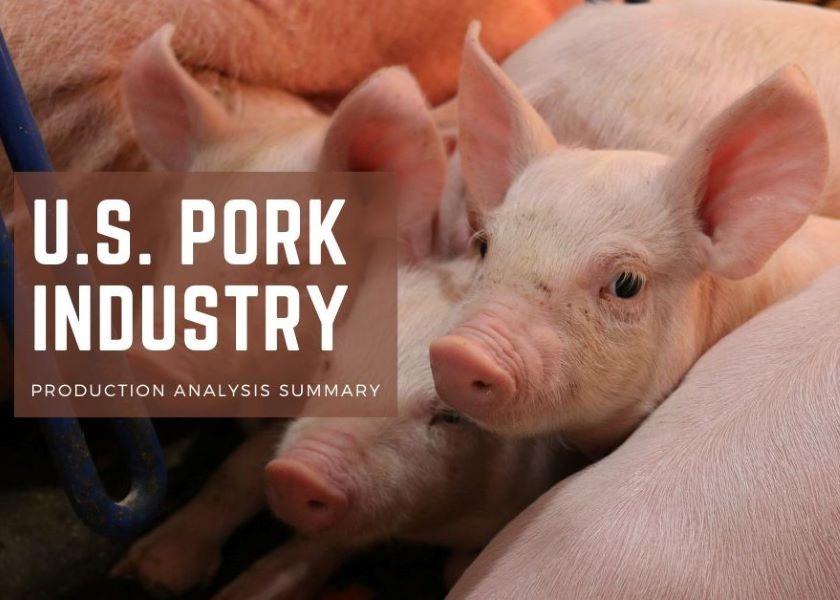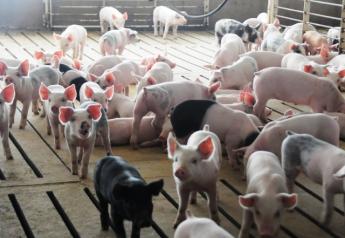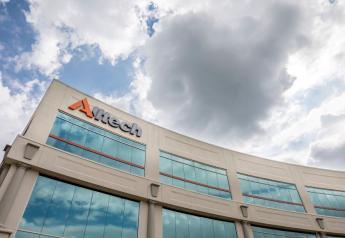Mortality Continues to Challenge Pork Producers

This is part two of a three-part series on the 2017-2021 Production Analysis Summary for the U.S. Pork Industry.
Although not a big surprise, the 2017-2021 Production Analysis Summary for the U.S. Pork Industry revealed a continued mortality increase across all production phases. Sow death loss was at 12.6% and continues to be elevated compared to historical levels of 11.1% in 2017.
Brad Eckberg, business analyst at MetaFarms, Inc., notes the preweaning mortality gap between the top 10% and bottom 10% continues to be very wide (8.3% vs 20.2%).
“Sow mortality has been an issue for the past 10 years, continuing to rise every year. In 2021, it did go down slightly, but we are still at a level that continues to increase, which is a very big concern for the industry," Eckberg says. "We've had health breaks and porcine epidemic diarrhea (PED) in 2014. We've had bad porcine reproductive and respiratory syndrome (PRRS) breaks here in 2020 and 2021, and obviously, the COVID effect in 2020 – none of that has been helpful from a mortality perspective.”
Why Do Sows Die?
Although the data alone can’t answer the question to why sows are dying, it can provide helpful information to drive improvement. One of the things Eckberg looks at in the data is when the sows are dying and in what parity.
The average sow mortality loss is around 12%, he explains. But when you look at those individual farms that make up the data, there are 44 different farms that are above 19% for 2021 sow mortality and there's 12 farms that are at less than 4%.
In MetaFarms platform, Eckberg says they have over 400 different sow death loss reasons ranging from structural issues to prolapse.
“We’ve got to do a better job of identifying why sows are dying or being removed from the herd,” Hostetler points out. “When you have that many reasons, there is no way you can make progress against any of that. Once we begin to better define the reasons, we can make more progress.”
Eckberg spent eight years on sow farms on a daily basis. He says training and education for why a sow died was never really taught.
“Unless it’s extremely obvious, you really don’t know why she died,” he says. “Compared to my time spent in grow-finish barns, very few sows are posted or examined for death loss. I think there’s an opportunity to educate more on a sow farm.”
Labor Limitations
Unfortunately, he says this keeps going back to labor.
“Like many industries, especially over the last three years, we have been challenged finding a sufficient labor force. And preweaning mortality is particularly susceptible to that,” says Chris Hostetler, director of animal science of the National Pork Board. “When you simply do not have workers available to assist and attend the farrowings, and get those pigs dried off, under a heat lamp and up to a nipple so that they can drink and consume sufficient colostrum, the downstream effect is increased mortality rates especially within that first 72-hour window.”
Individual sow care is challenging when a farm is understaffed.
“I think there's a lot of opportunity there if someone could be dedicated to sow health – we’ve got many farms that do day-one care in the farrowing house, but do we have someone who is like a health manager at a health and spa club, where their main job is to look at sows?” Eckberg says. “And if they're lame, get them treated. If they need to be moved, move them. If it’s getting hot, take temperatures. How are we addressing those things? That's a big opportunity.”
Preweaning Mortality Gap Grows
As well, the preweaning mortality gap between the top 10% (8.3%) and bottom 10% (20.2%) of producers continues to be very wide, the report shows.
Eckberg says data can be an important tool for producers to determine how to narrow this gap and decrease preweaning mortality.
“Many of our customers look to see when piglets are dying during that lactation period,” he says. “They look at why are pigs dying? How does that transition into the nursery or wean-to-finish component? How are those pigs starting off? Are we getting pigs into that nursery setting, but they are not making it far through that nursery turn due to the health and management practice challenges?”
There’s no question health is king, Eckberg adds. When diseases like PRRS or PEDV are introduced to a sow farm, the resulting impact on piglet mortality is huge.
“It really shows from that percentile difference,” he notes. “We say PRRS is bad, PEDV is bad...but how bad can it get? Those percentiles year over year continue to increase. Is that because of the severity of PRRS or management decisions around PEDV? The answer is probably yes. The impact on young pigs is significant.”
Read Part One:
Preweaning Piglet Mortality Hits Five-Year High
Stay tuned for Part Three:
Don’t Miss the Bright Spots in the U.S. Pork Industry Benchmarking Data







